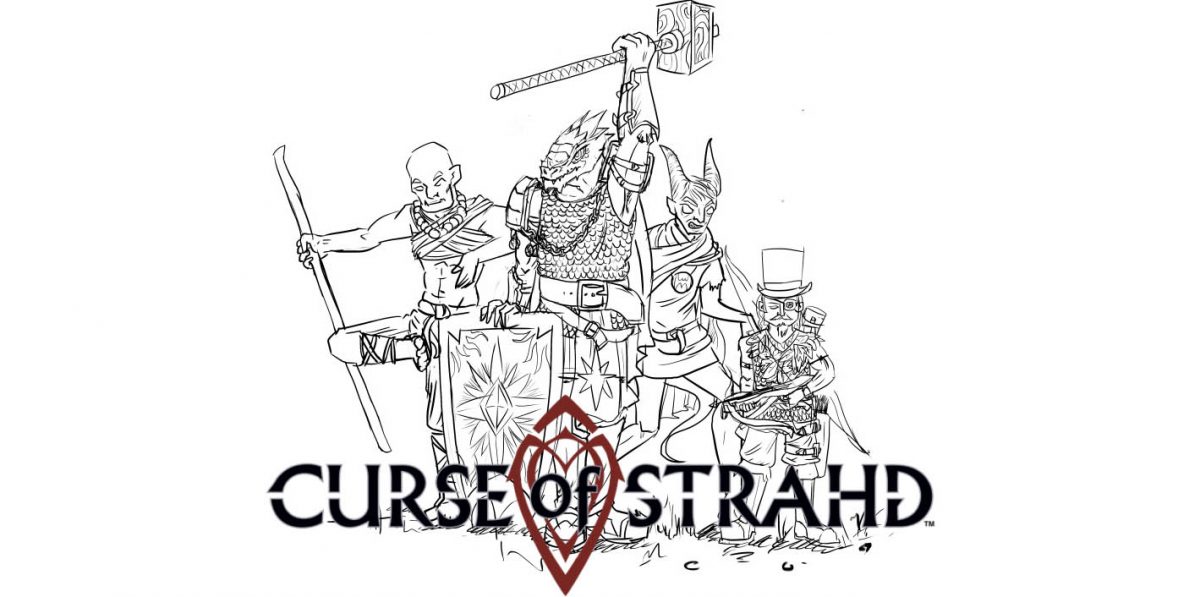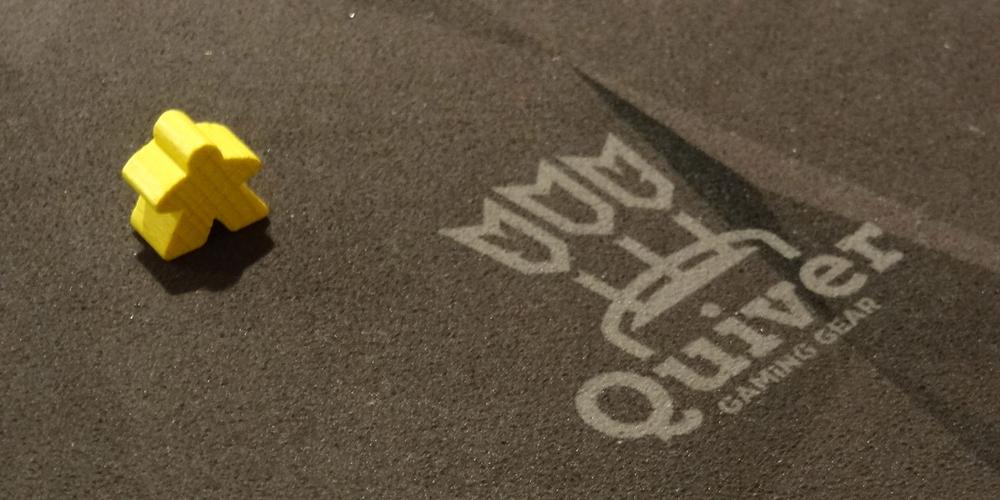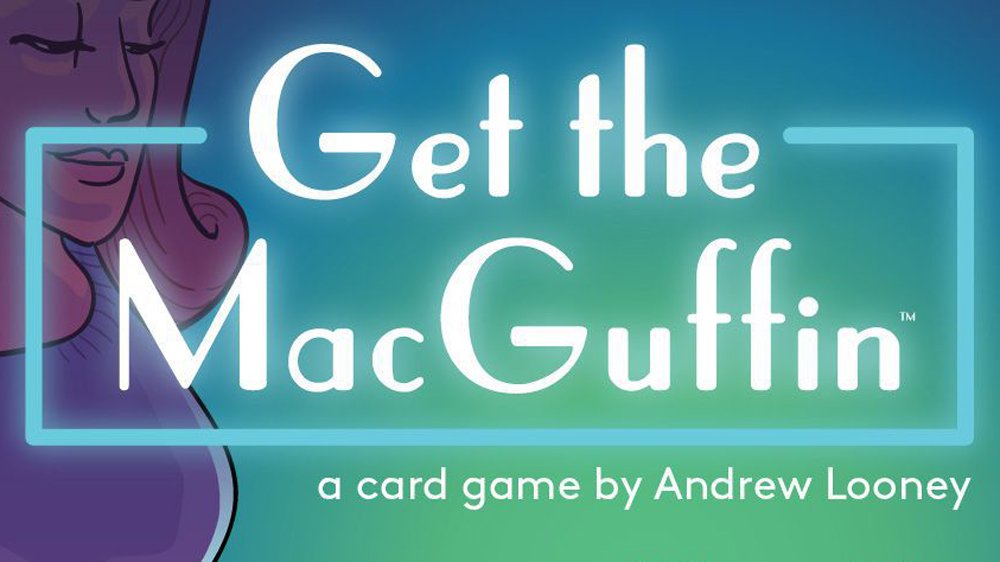Overview: In The Adventurers: The Pyramid of Horus, an ancient pyramid containing a wealth of treasures has been uncovered in Egypt, and daring explorers compete to collect the most valuable artifacts … but beware of the dangers! An excellent press-your-luck style game with lots of derring-do. Hey, deep strategy it ain’t, but not every game needs to be.
Players: 2 to 6
Ages: 13 and up (though probably okay for as young as 8)
Playing Time: roughly 45 minutes
Retail: $49.95 (available September 11)
Rating: Even better than the original — and I loved the original.
Who Will Like It? This is for folks who like the delicate balance between risks and rewards. If you enjoyed the first iteration of The Adventurers but didn’t like the player elimination aspect, this sequel is definitely worth checking out.
Theme:
As with the previous incarnation, The Adventurers: The Pyramid of Horus is all about collecting treasures and avoiding danger. However, instead of a Mayan temple this one has an Egyptian theme, with cobras, scorpions, and even mummies. Many of the treasures are tied to a specific Egyptian god: want to collect some treasures offered to Sobek, the crocodile-headed god? Then you’ll have to fish them out of the crocodile pond.
Wound cards: this is the stuff you want to avoid. Snakes, scorpions, crocodiles, mummies, and falling rocks.
Components:
The game includes:
- 1 game board
- 3 mummy figurines
- 8 adventurer figurines
- 6 colored bases for adventurers
- 3 black bases for mummies
- 5 colored dice
- 36 “stone” blocks (plastic, of course)
- 36 numbered stickers to go on the underside of the blocks
- 8 adventurer cards (with game aid on back), plus 4 double-sided game aid cards
- 73 cards for the various treasures and search piles
- 18 mummy wound cards and 8 stone block wound cards
- 1 Ankh card (for starting player)
The board is a big square and has some terrific illustrations on it, depicting the main entrance, the crocodile pond, and the various sarcophagi that line the walls of the pyramid. There are nicely marked locations for many of the decks of cards … but oddly enough there’s no marked spot for the deck of mummy cards, even though there’s certainly room on the board.
The figurines (again, sculpted by Juan Navarro Perez based on illustrations by Edouard Guiton) are plain grey but fun. They’re also a bit cartoony, with huge muscle-bound guys and at least one busty young woman. A couple of my figurines were bent a bit at the base, so Rasputin and Abdel both lean backward a bit.
The stone blocks are hollow underneath, and you put stickers on them from 1 to 36, corresponding to spaces marked on the board. They look great on the board and really stand out, as you can see from the photos. However, I had two issues with them. First, the 6 and 9 stickers are pretty much identical. I ended up marking them with a pen so I could distinguish the two. Also, the blocks don’t nest, which would have been nice for stowing into the box. I suppose they would look more like pyramids and less like square blocks.
The box has a simple cardboard divider which is the right size for holding all the stone blocks, but the figurines, cards, and dice have to be stowed underneath one side of the divider, which is sort of a pain.
Overall, the look of the game is quite nice, but aside from the stone blocks there aren’t as many different types of physical features as there were in the original (like the crushing walls, rolling boulder, and collapsing bridge). Still, the board and components work well with the new ruleset.
A few of the character cards: burly man, scantily-clad woman, and a couple non-white characters for diversity. Far right: game aid card.
Gameplay:
The basic idea of the game is very similar to the original, but in case you need a refresher here’s a quick overview. The more you’re carrying, the fewer actions you’ll potentially have. Your goal is to enter the pyramid, collect as much treasure as you can, and get back out without being trapped inside by the falling stones. Each round consists of the following actions:
- Adjust Wound and Load Level
- Determine number of actions
- Perform actions
- Move mummies
- Place a stone block
- Pass the dice
The players all start at the entrance to the pyramid, which is four spaces wide. Each area of the temple has a different mix of treasures and dangers, and players can move to whichever areas they choose as long as they have available actions. However, to win you have to leave the temple through one of the four entrance spots, and if you can’t get to one then you’re trapped in the pyramid forever. At least you’ll have some mummies to keep you company.
The sand pit at the entrance has low-value treasures, useful equipment (abandoned by previous explorers), and snakes. The area in the interior of the pyramid has a crocodile pond in the center (treasures and crocodiles), a scorpion pit surrounding it (treasures and scorpions), and then the mummies’ corridor outside of that. The sarcophagi only contain treasures, no dangers, but you’ll have to risk being caught by the mummies.
The Wound and Load Level (WLL) is key to the game, and is slightly changed from the original. As you play, you’ll collect cards: treasures, equipment, and wounds. Each card you carry counts toward your WLL, which potentially reduces your actions. But that’s important: potentially. Even if you’re not carrying anything at all, you could end up with no moves, and even if you’re carrying the maximum 12 cards, you may still get five actions. You just have to play the odds.
At the beginning of each round, players have a chance to discard any of the equipment and treasure they’re holding, but not the wounds. The game aid shows the WLL based on number of cards: 0-3 cards = 2 WLL, 4-6 cards = 3 WLL, and so on. The starting player rolls all five dice, and each player gets one action for each die that is equal to or higher than their WLL. As you can see, carrying a lot of treasures (or getting a lot of wounds) means that the dice have to be higher in order for you to have any actions that round.
The two basic actions are moving and searching: move orthogonally one space, or draw a card based on the section of the board you’re in. If you’re in the mummies’ corridor, you can spend an action to open a sarcophagus, flipping over the treasure card and revealing its worth, but it takes an additional action to retrieve the treasure. Also, in the four corners of the corridor and at the center farthest from the entrance are five idols, which are worth lots of points. To claim an idol you have to pick the lock, which consists of getting a straight of 3, 4, or 5 dice. Plus, each idol bears a curse — you’ll have to ignore one specific die for each idol you’re carrying, which is a definite reduction in the number of actions per turn. Carry more than one idol and you’re severely limiting your potential actions. (Carry all five, and you can’t move at all.)
After each player has carried out their actions, you move the mummies. Roll all five dice: for each die equal to or higher than 4, you move the mummies one space each. Each of the three mummies paces back and forth along their own corridor, turning around when they reach the end. Encounter a mummy, and you take a wound card.
Once the mummies have moved, you randomly choose a stone block from the pile, and place it on the corresponding space on the board. If an adventurer happens to be standing on that spot, they take a wound card as they leap to an adjacent space. No spaces to leap to? Guess you’ve been crushed. (But it’s not likely to happen unless you walk yourself into a corner.)
The game ends when all the adventurers are either out of the temple or have no clear path to get out. You add up the values of the treasure cards. If you have a chest treasure (with a die icon), then you roll a die to check its value. Also, there are bonuses for having treasures associated with the various gods: 3 bonus points for having two different gods, or up to 15 points for having all five gods.
Conclusion:
In my review of the original Adventurers game, I remarked that the only major problem I had with the game was the player elimination, but that “taking away the risk of dying would ruin the game.” Well, I retract that statement. This sequel has managed to remove the risk of dying while keeping the fun of the game intact. It was such a simple, elegant solution: wounds add to your load level, so that the more wounds you’re carrying the fewer treasures you can have. Yes, it’s still possible to die, if a stone falls and you have nowhere to go, but more likely you risk getting stuck in the pyramid before that happens. I like the mechanic enough that I’m considering trying it out as a house rule when I play the original (though it may need some tweaking).
I really love press-your-luck games. Zombie Dice and Incan Gold are both great, simple-to-teach games that work with a large number of players. But The Adventurers really adds a thematic element to it and puts you in the game, making it feel less like just a mathematical gamble and more like a real risk. I think I liked the theme of the first one more, with its rolling boulder and rickety bridge, but the gameplay in the second is definitely improved.
Because you can go anywhere you want in the pyramid, you get more choices of what treasure you want to get, and how long you want to stay. The original had a very directed path, and you had a pretty clear idea of how much longer you had before the boulder sealed off the exit. In this one, though, it’s anyone’s guess. In our first game (played at PAX) the first several boulders all fell near the entrance, leaving only one space to exit, and everyone wanted to make a run for it. Another time, most of the boulders fell in the interior of the pyramid, forcing us to walk into the mummies’ corridor to get back out.
I also really enjoyed the variety of treasures, and the fact that the idols cursed you. The 10-point Horus idol is a huge reward, but it means that you’re crippled for the rest of the game as you try to get back out. Going for the sarcophagi treasures means you don’t risk drawing a danger card, but you have to gauge whether you think the mummies will reach you.
The equipment cards are also a nice touch. There are antidotes to snake and scorpion bites, first aid kits, crowbars (to assist in the lock-picking), and even a satchel that lets you hold two cards and treat it as one. As with the first game, each character also has a one-time-use ability that can give an important advantage if you use it properly.
In short: I didn’t think a risk-taking game could get any better than the original Adventurers. I was wrong. If you liked the first one, you should certainly give this one a shot. If you never played the original, now’s your chance to get into the action.
Order The Adventurers: The Pyramid of Horus from Amazon or directly from Fantasy Flight Games. (Note: although the original was released by AEG, Fantasy Flight Games now handles the Dust Games line.)
Wired: A great balance of risk and rewards that makes for an intense competition. Fantastic artwork, improved gameplay.
Tired: Miniatures can get squashed in the box — and the box doesn’t have great dividers.
Disclosure: GeekDad received a review copy of this game.










